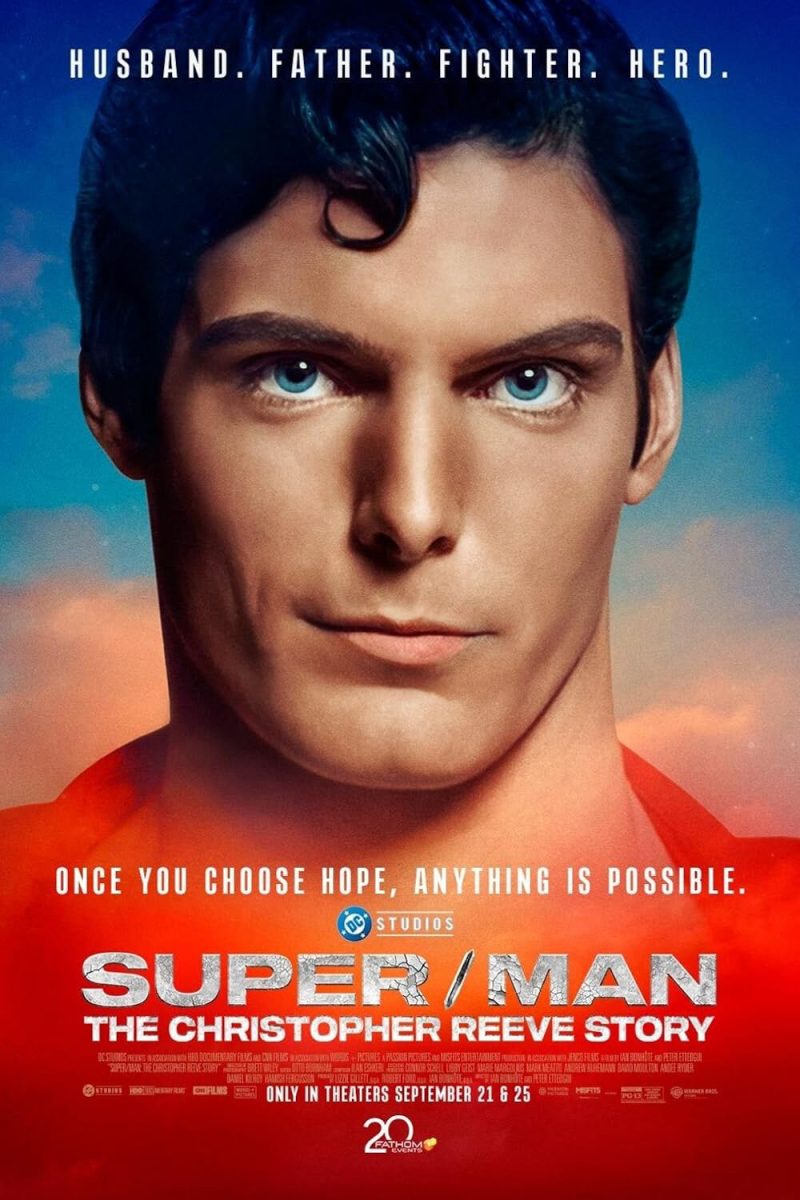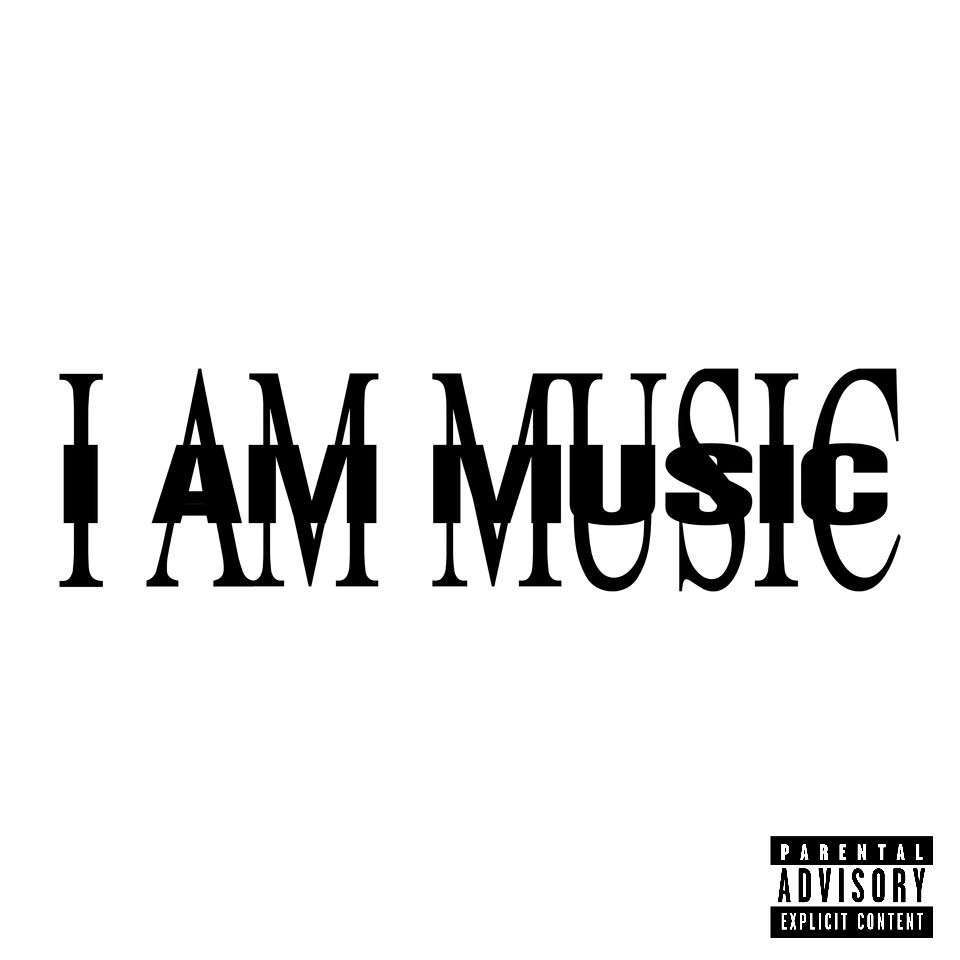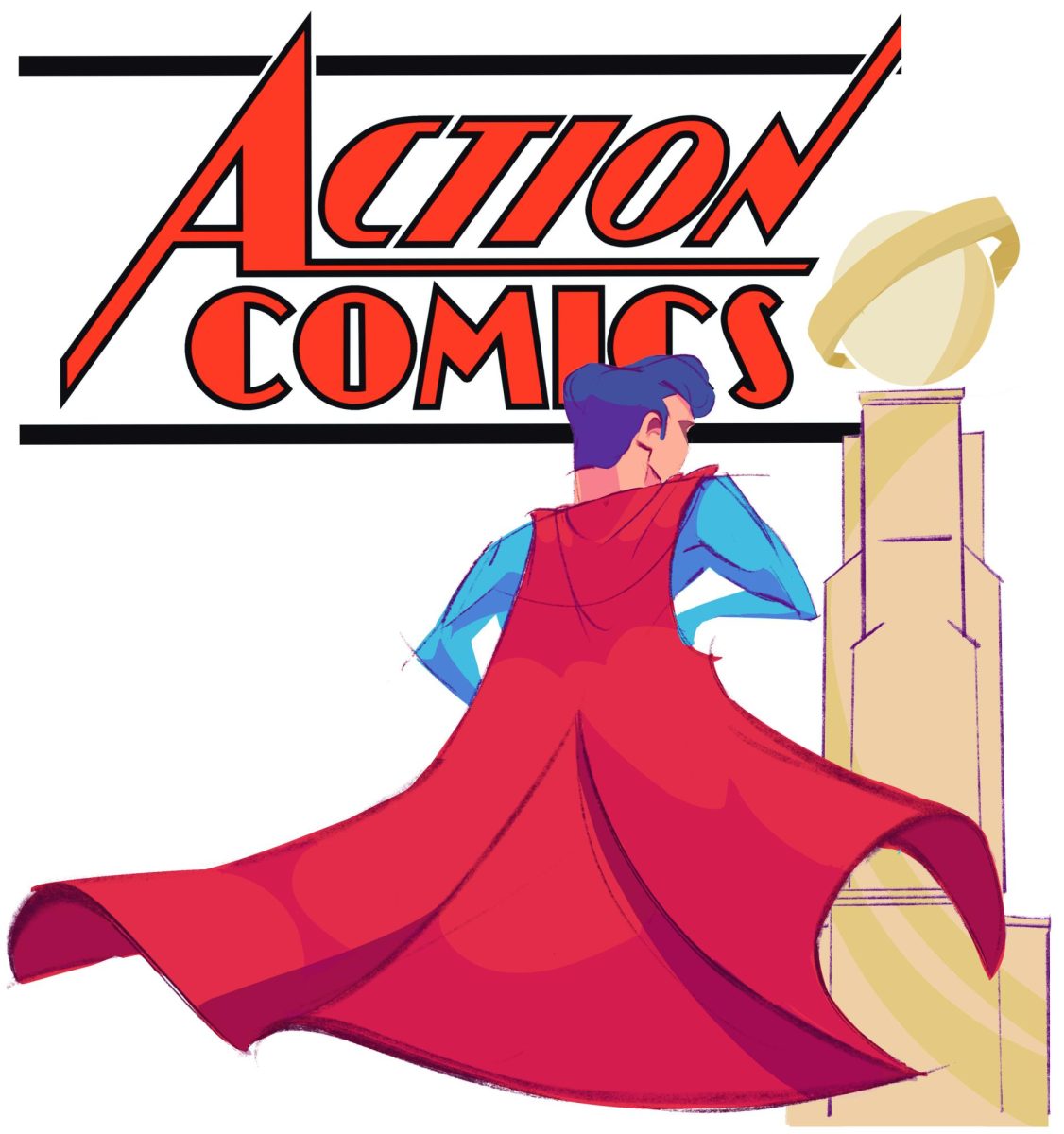Movie Review
By Azure Wedan
Managing Editor

The Illuminati strike again, this time with a $127 million blockbuster film adaptation of “The Great Gatsby,” replete with Jay-Z, Kanye and Beyoncé tracks. Extravagance and glamour radiate from Australian producer Baz Luhrmann’s fifth full-length movie. The screenplay, co-written by Craig Pearce, is based on the novel by F. Scott Fitzgerald, which at times has been referred to as a sort of handbook on American social history. The book and movie focus on the excess and excitement of the 1920s.
The film begins with an interesting twist on the narrator character Nick Carraway. As the leading voice of the story with a sometimes-unreliable account, Carraway’s character is explained a bit deeper with a new approach to the narration Luhrmann introduces.
Actor Tobey Maguire makes for a believable Carraway as he expertly embodies a fitting blend of inexperience and naiveté. Not so fitting, however, is Isla Fisher as Myrtle. Her appeal is far too evident to play the mistress of Tom Buchanan, who was described by Fitzgerald as containing “no facet or gleam of beauty.”
Daisy Buchanan, woman of scorn and cynicism, is a stretch for actress Carey Mulligan. Her representation of the character suggests more of a conflicted woman than a shallow or materialistic one.
While critics rate Robert Redford’s 1974 version of protagonist Jay Gatsby above that of Leonardo DiCaprio, I disagree. DiCaprio’s Gatsby was far more fitting than Redford’s. His prowess for showing the uneasiness, insecurity and vulnerability of the hope Gatsby possessed made his character the most developed of the film.
I have been a Luhrmann fan for years and I enjoyed the movie, but I would have liked to see more development of the Jordan Baker character. The relationship she and Carraway had in the book was skimmed over in the movie, and the illustration of the “new woman” she exemplified was also missed.
Fitzgerald’s complexities may be difficult to put on screen in such a brief amount of time, but if less time were spent on the visuals, perhaps the development and storytelling would have been richer. Because of the lack of character development, anyone who skipped out on or has forgotten their high school reading of “The Great Gatsby” may leave the theater with questions.
Luhrmann does not disappoint when it comes to the visuals. Scenes switch between various camera effects and screen shots ranging from Super 8 footage to superimposed images. The beautiful costume design is stunning, and the most decisively perfect placement for moments of impact in 3-D make it a treat for the eyes.
Beautiful as it is, all the complicated and dizzying movements can become over- whelming at times. As is typical with many of Luhrmann’s movies, the background is rich with added detail and storytelling. Watch for the woman on the drum set at one of Gatsby’s parties as an example.
The music for the film, produced by Jay-Z, is all over the place. It includes a 60-second sound bite of his chart-topping hit “Izzo (H.O.V.A.),” a jazzy cover of wife Beyoncé’s “Crazy in Love,” a rich powerhouse vocal melody by Florence Welch and the Jack White song from the trailer to satisfy rock fans.
The music is as over-the-top as the movie. At times, the music may seem contrived, although it draws a unique comparison to some of Fitzgerald’s style. Luhrmann’s tendency to place musical selections that don’t always make sense together (think Butthole Surfers in his 1996 rendition of “Romeo and Juliet” or his “Elephant Love Medley” ending with a Whitney Houston ballad in his 2001 film “Moulin Rouge”) meshes well with Fitzgerald’s blend of fictional geography and chronological inconsistencies amid actual events and places in history. It’s a way to pepper in the creative details.
Listen for a familiar orchestral arrangement when Daisy and Gatsby first meet that is very reminiscent of the Des’Ree song “Kissing You,” which played during Romeo and Juliet’s first meeting in Luhrmann’s 1996 film.
The two-and-a-half hour movie provides plenty for the senses, and I recommend spending the extra money to see it in 3-D. Luhrmann’s version of “The Great Gatsby” parallels the original storyline better than earlier versions of the movie and better illustrates the important symbolism, such as the green light and the eyes of T.J. Eckelburg.
Literary snobs and Fitzgerald diehards may find the movie lacking in character development, but Luhrmann fans and fans of special effects and design will be pleased.






